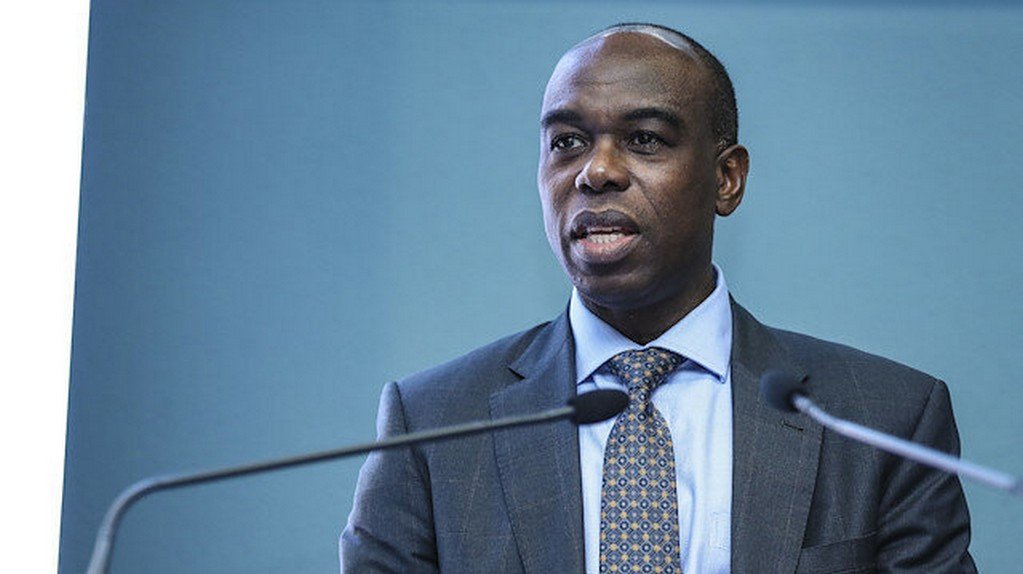
At the recently held IMEC Conclave 2025, Mr. Auguste Tano Kouamé, Country Director of the World Bank in India, spoke about India’s logistics transformation and the strategic promise of the India-Middle East-Europe Economic Corridor (IMEC).
Logistics: The Bedrock of India’s Trade Vision
“Let me begin by emphasising that logistics is a critical agenda item for India,” Kouamé stated. “We’ve heard about flagship initiatives like PM Gati Shakti and the National Logistics Policy, which reflect India’s commitment to transforming its logistics ecosystem.”
Despite these efforts, challenges remain. Logistics costs in India are estimated to account for nearly 13% of GDP—a stark contrast to global benchmarks like Germany and France, where such costs are already in single digits. “The ambition, as articulated by policymakers, is to reduce these costs to single digits,” Kouamé noted.
Tracking India’s Progress through the Logistics Performance Index
The World Bank’s Logistics Performance Index (LPI) offers a broader lens to assess a country’s trade environment. “India’s performance on the LPI has improved significantly over the past decade,” Kouamé remarked. “In fact, we expect the next edition of the index to reflect continued progress. The Prime Minister himself has set the goal of positioning India within the top 20 globally—and we believe this is entirely achievable in the coming years.”
IMEC as a Catalyst for Trade and Development
Against this backdrop, the India-Middle East-Europe Economic Corridor stands out as a transformative project. “Lowering logistics costs is essential for trade to thrive. And that’s where IMEC emerges as a game-changer,” Kouamé asserted.
Drawing from preliminary World Bank estimates, he said, “IMEC could reduce trade costs with Europe by up to 25%, leading to a nearly 20% increase in trade volumes with the region.” Such a leap in trade has implications not just for GDP but also for employment. “As our World Bank research shows, trade in goods creates more jobs than trade in services,” he explained. “If IMEC leads to a 20% increase in goods trade with Europe, it will translate into substantial job creation in India, especially in sectors that rely on manufacturing and supply chain operations.”
The Case for “IMEC Plus”
Kouamé cautioned that this transformation would not occur automatically. “We need investment—not only in IMEC infrastructure, but across India,” he emphasised. “In fact, I like to think of it as ‘IMEC Plus’. Because while IMEC starts in Mumbai and stretches outward, its success depends on the connectivity within India itself.”
He pointed out that while strong east-west corridors exist, the South and Northeast require greater integration into the IMEC spine. “Until we build these internal corridors—the IMEC Plus—the benefits for India will be limited,” he said. “Investment in these linkages is critical.”
Cooperation Beyond Borders
In a call for regional alignment, Kouamé highlighted the importance of including non-IMEC countries in the broader vision. “We must ensure that the corridor is not undermined by parallel or fragmented initiatives that dilute its strategic value,” he warned. “Otherwise, we risk seeing an ‘IMEC Minus’ that reduces the corridor’s overall impact.”
Governance and Harmonisation: The Soft Infrastructure
Beyond physical infrastructure, Kouamé turned the spotlight on governance. “Who will build it? Who will manage it? And how do we ensure its sustainability beyond political cycles?” he asked. He proposed the establishment of “an independent implementation authority—a body that is insulated from short-term political shifts and focused solely on delivering the vision.”
He also stressed the need for regulatory harmonisation and operational readiness. “If a shipment moving from India to Europe encounters different documentation requirements at each border crossing, it adds delays and costs,” he said. “Harmonisation of rail gauges, customs procedures, and digital systems is essential.”
Planning with Foresight
Kouamé concluded with a reminder that these implementation issues must be addressed proactively: “All of these issues—while implementation-focused—must be considered at the planning stage. If we anticipate them now, we’ll save significant time and cost later.”
With India positioning itself at the heart of a new trade corridor linking Asia, the Middle East, and Europe, the roadmap outlined by Mr. Kouamé underscores a simple truth: strategic ambition must be matched with integrated planning, inclusive infrastructure, and sustained investment. Only then will IMEC—and IMEC Plus—unlock India’s full trade potential.
Leave a Reply